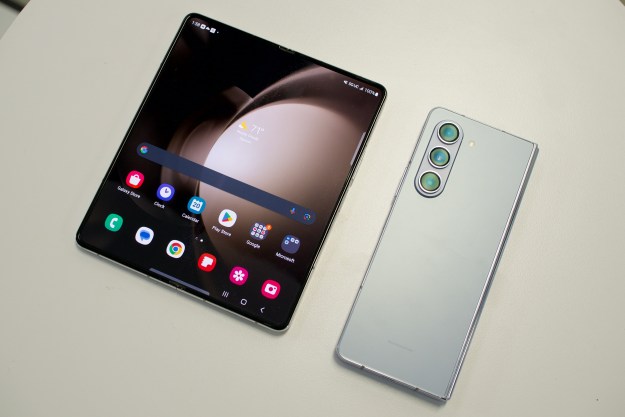Polaroid may not be a heavyweight in the smartphone scene, but the brand nonetheless decided to make a splash at CES 2016 with a pair of Android smartphones: the Snap and the Power.
Not to be confused with the camera that doubles as a printer, Polaroid will offer the Snap in three different versions, including a 5-inch, 5.5-inch, or 6-inch display. Regardless of the size, however, the displays will offer 1,280 x 720-pixel resolution, along with a quad-core processor and 2GB of RAM. The equipped cameras are also the same across the board, giving you access to a 13-megapixel sensor on the back and a 5-megapixel shooter with selfie flash on the front.
The Snap will come with 16GB of internal storage, as well as a built-in MicroSD card slot allows for even more memory. The smartphone will also boast 4G LTE and Android 5.1 Lollipop, though there are no plans as of yet for an upgrade to Android 6.0 Marshmallow.
Moving on to the Power, taking a peek under the hood reveals a 64-bit octa-core processor with 3GB of RAM, which should be more than enough for your multitasking and gaming needs. In addition, the 3,000mAh battery should keep the lights on for an entire day, though the phone will come with an 8,000mAh external battery pack. The 32GB of internal storage should be good enough for most people, though the MicroSD card slot is there for those who need more memory.
An 8-megapixel camera with flash sits above the 6-inch, 1,920 x 1,080-pixel resolution display, while a 13-megapixel sensor with dual LED flash resides on the back. Android 5.1.1 Lollipop runs the show, with a planned upgrade to
There is one thing to keep in mind with the Snap and Power, however. The Polaroid name is mainly for show, as the brand licensed itself to New York-based firm Southern Telecom. As such, it’s the latter that took care of designing and manufacturing the pair of smartphones.
With that out of the way, all three variants of the Snap will be available in February starting at $130. As for the Power, it will be available sometime this spring for $250.




